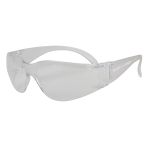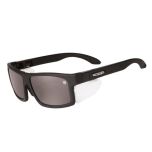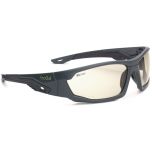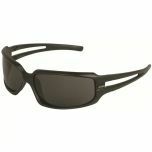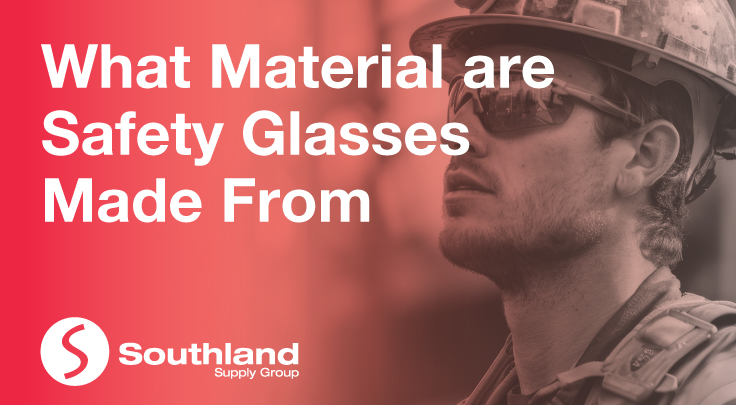
Safety glasses are a critical component of personal protective equipment (PPE) in various industries and activities. While their primary function is to protect the eyes from hazards, understanding the materials used in their construction can provide insights into their durability, effectiveness, and suitability for different environments. In this blog post, we'll delve into the layers of safety glasses, unraveling the mysteries behind their construction.
Safety Glasses Lens Materials
Polycarbonate is the most common material used for lenses in safety glasses. It's easy to see why—it's lightweight, stronger than plastic, impact-resistant, and has better fog resistance than other materials, too. One of the most popular polycarbonate safety glasses is the Safetek Impulse Clear Lens Safety Glasses, Clear Frame. It is a lightweight polycarbonate wrap-around safety glasses, offering an excellent value for high turnover and short-term applications.
A close second is Trivex. This material is becoming increasingly popular for safety lenses. It's similar to polycarbonate, but with added benefits like scratch resistance, superior optical clarity, and photochromic capabilities. Glass and plastic aren't used for lenses in safety glasses because they're likely to shatter under high impact.
Advantages of Polycarbonate Safety Glasses
- Lightweight Design - When it comes to safety eyewear, the lightweight nature of polycarbonate sets it apart from glass. This is crucial because discomfort and distraction caused by heavy glasses can lead to decreased productivity among employees.
- Exceptional Impact Resistance - Polycarbonate stands out as a material that is 10 times more impact-resistant than regular plastics. While glass and standard plastics are prone to cracking upon impact, the softer nature of polycarbonate allows it to absorb energy, providing enhanced protection against airborne objects. So despite its thin profile, polycarbonate is impressively impact-resistant, ensuring confidence for wearers.
- Built-in UV Protection - An inherent feature of polycarbonate is its ability to block 100% of UV rays without the need for additional coatings. Protecting employees from overexposure to harmful UV rays is paramount, and with polycarbonate safety eyewear, natural UV protection is assured.
Safety Glasses Frame Materials
Frames play a crucial role in the overall strength and comfort of safety glasses. Common materials for frames include nylon, polycarbonate, and metal alloys. These materials contribute to the glasses' ability to withstand impact while offering a lightweight and comfortable fit.
Safety Glasses Coating Materials for Added Protection
Many safety glasses feature coatings to enhance their protective qualities. Safety glasses with anti-scratch coatings help maintain optical clarity over time, while anti-fog coatings prevent lens fogging, ensuring clear vision in various working conditions. Additionally, some lenses may have UV coatings to shield the eyes from harmful ultraviolet rays.
Safety Glasses Adjustable Features
To ensure a secure fit, safety glasses often come with adjustable features. These may include adjustable nose pads, temple lengths, and even interchangeable lenses for different work environments. These features contribute to both comfort and customized protection.
The material composition of safety glasses is a carefully considered blend, aiming to provide robust protection without compromising comfort. Polycarbonate lenses, durable frames, and specialised coatings all contribute to the overall effectiveness of safety glasses. The next time you put on a pair of safety glasses, you can appreciate the layers of protection they offer, keeping your eyes safe in various work environments.

